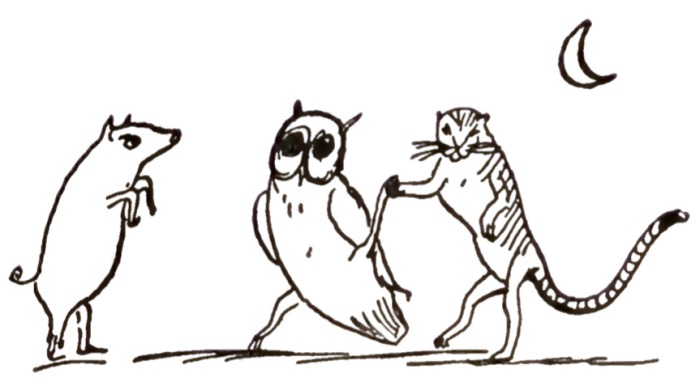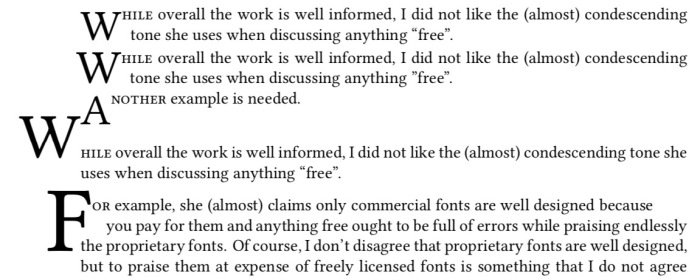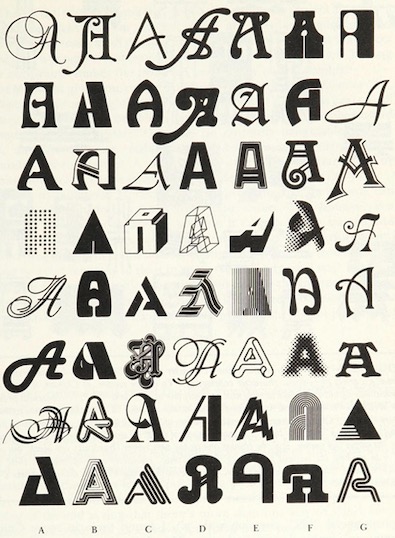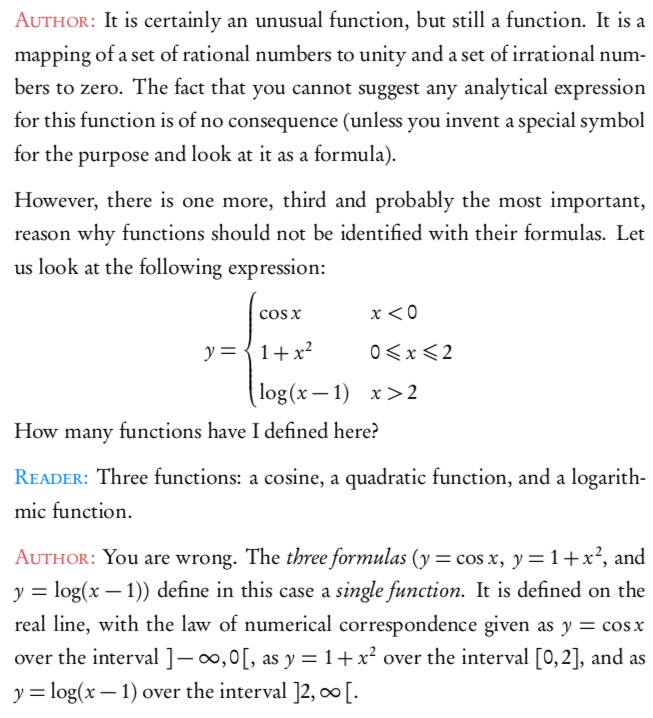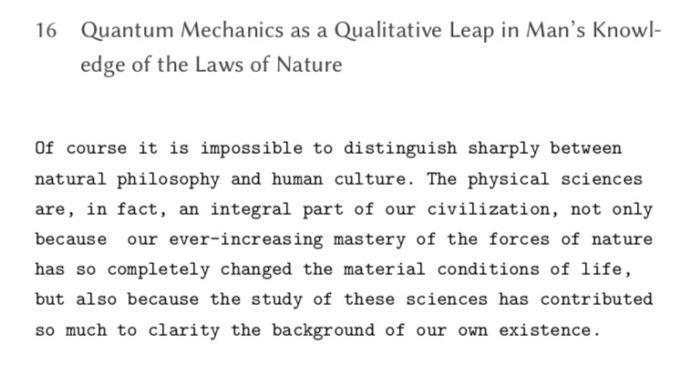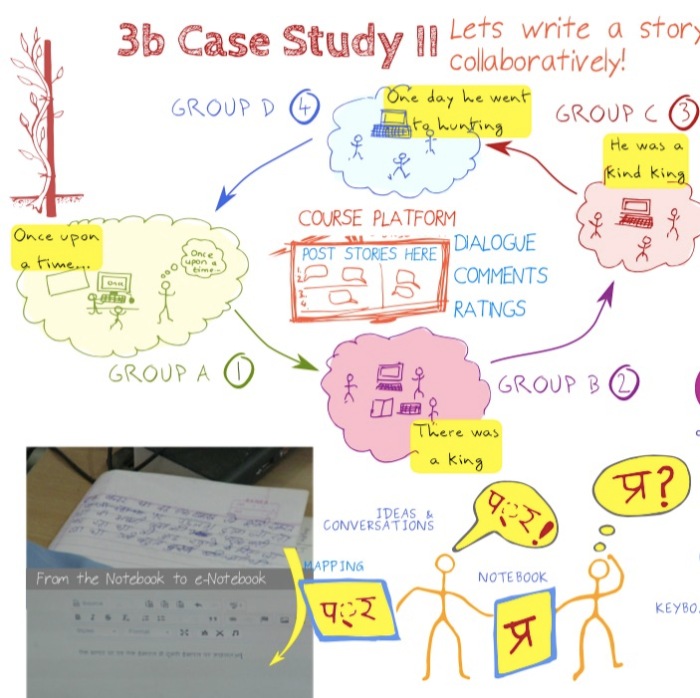Following is an excerpt from Beyond the Planet Earth by the Russian scientist and science fiction author Konstantin Tsiolkovsky about the life in 2017, from approximately 100 years ago.
State of Humanity in 2017
What was our Earth like in the year 2017, in which our story is set?
On all Earth there was one beginning: congress, consisting of elective representatives from all states. It had existed already more than 70 years and resolved all questions concerning humanity. Wars were impossible. Misunderstandings between people were settled by peaceful means. Armies were very limited. Actually, these were armies of labor. Population, with happy enough conditions in the last one hundred years, was trebled. Trade, technology, art, and agriculture attained significant success. Huge metallic dirigibles, lifting thousand of tons, communicated, transported goods conveniently and inexpensively.
Especially beneficial were the huge air ships, sending inexpensive loads, such as trees, coal, metals, and so forth downstream with the wind almost for nothing. Aircraft served for especially fast transfer of small number of passengers or precious cargo; the most commonly used were airplanes for one or two persons.
Humanity marched peaceful on the path of progress. However, fast growth of population forced all thinking people and rulers concern.
Ideas regarding the possibility of technical conquest of use of world deserts were considered long ago, — still more than one hundred years ago. In 1903, one Russian thinker wrote a serious work on this matter and proved mathematically, on the basis of the scientific data of that time, the complete possibility of settlement of solar system. But these ideas were almost forgotten, and only our company of scientists revived them and partly carried them out.
Let us first talk about the technological changes he has predicted. He predicts that airships or dirigibles would be a major form of transport for cargo, while aircrafts are used for smaller cargo and passengers. Also, there is an indication in the last paragraph that some space travel has happened.
The political and social scene is something that is off the charts. Tsiolkovsky shows a lot of optimism in how humans are able to resolve their differences and bring forth peace and happiness in all. I think this is a reflection of the zeitgeist of the era. Lot of revolutionary changes were happening which resulted in progress in the fields in almost all fields. So it wouldn’t be a deviation to think that humans would also progress along the same lines and resolve their differences peacefully to live a prosperous and happy life.
You can read Beyond the Planet Earth here as a part the his collected works.




